Wait a second, isn’t the Glock 20 chambered in 10mm Auto? What does .357 SIG have to do with the Glock 20 then? I’m glad you asked! The Glock 20 is awesome, but you can have even more fun with the “G20” with the addition of inexpensive drop-in barrels for different cartridges. With my Glock 20, I can shoot 10mm Auto, 40 S&W, and .357 SIG by swapping out just the barrel, no other parts or modifications are needed! What’s more, these barrels only cost about $100. (for the Lone Wolf variety I’m using) so it doesn’t take a bunch of cash to “expand your Glock 20’s horizons”. I already wrote about my experiences with the Lone Wolf 40 S&W drop in barrel, now it’s time to put the .357 SIG barrel to use!
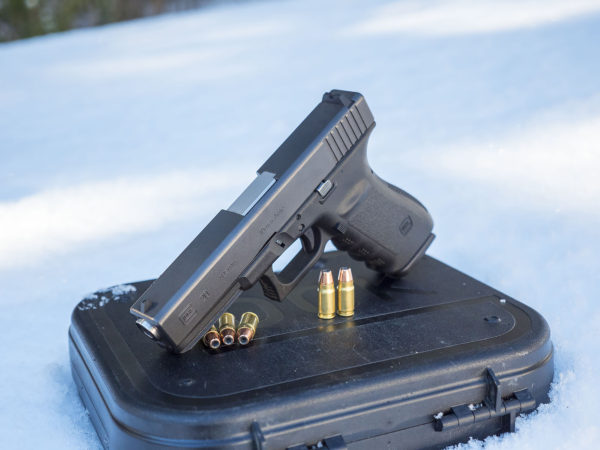
My journey towards reloading and shooting .357 SIG has been a familiar one: excitement, preparation, then waiting for some time to explore this new cartridge. While this project was sitting on the back burner, I saw an email in a discussion group: 2000 pieces .357 SIG once-fired brass: cleaned, and with the same headstamp. This was just what I was looking for, and was the needed “bump” to get this project going. Soon I would be shooting .357 SIG for the first time: with my own handloads.
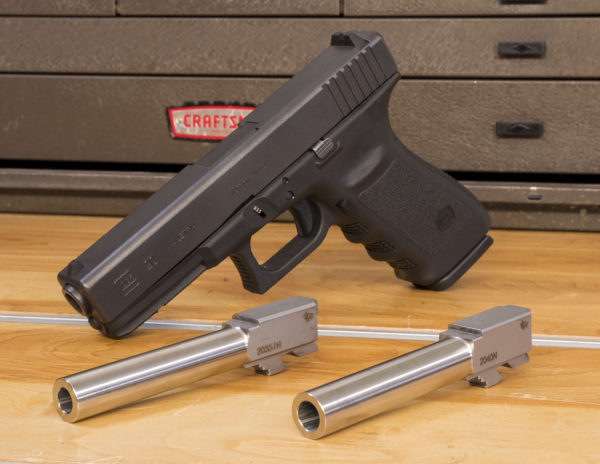
Above you see my Glock 20SF with 10mm Auto factory barrel, the Lone Wolf 20357N .357 SIG conversion barrel (foreground, left), and the Lone Wolf 2040N 40 S&W conversion barrel (foreground, right). A shooting package that fits in the stock Glock 20 case, but shoots three different cartridges. This is an awesome setup!
Video Walk-through
About .357 SIG
The .357 Sig cartridge was designed and developed by SIG SAUER with the motivation to replicate 357 Magnum ballistics in a more compact cartridge that would be easily adapted to semi-automatic handguns. Starting with the 40 S&W cartridge* (more or less- see note below), the case mouth is necked down from the typical 40 caliber dimension (0.400″) to accept 9mm bullets (0.355″). The overall approach was similar to many “wildcat” rifle cartridges: neck down the case to accept a smaller diameter bullet that will fly faster than the bullets from the parent cartridge from which it was adapted. Sounds interesting doesn’t it? I guess I naturally gravitate to “the unusual”, so as you can imagine, I’m excited to shoot and reload .357 SIG: it’s definitely something different! I’m also curious to try the .400 Corbon which is essentially a 45 ACP (which takes a 0.451″ bullet) necked down to accept 40 caliber (0.400″) bullets. .357 SIG never took off quite how SIG had hoped it would, but it does retain somewhat of a “cult following”.
*Note here that you can’t form .357 SIG from 40 S&W brass, because you’ll literally “come up short”- the 40 S&W case is not long enough to be formed into a .357 SIG case. Now, I know you may be thinking “what about 10mm Auto cases”? From what I understand, .357 was *not* designed/developed to use large pistol primers, so 10mm formed cases don’t work either. What does this mean? If you want to reload .357 SIG, you should find range pickup brass or new factory brass.
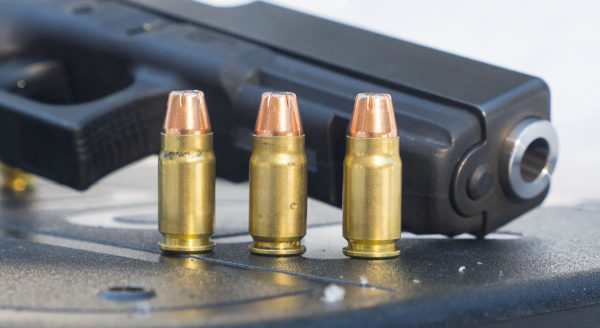
Above you see three 357 SIG cartridges loaded for this article, and my Glock 20 with Lone Wolf .357 SIG drop-in barrel installed. This .357 SIG drop-in barrel has a rather “substantial” muzzle profile as you can see in the picture.
Reloading the .357 SIG
Reloading for the .357 SIG is relatively straightforward, but there are some special considerations that warrant close attention. The “standard” loads for this cartridge include 124 grain and 147 grain 9mm bullets, and the .357 SIG will utilizes small pistol primers (not magnum).
Here’s a high-level summary of what’s used to reload .357 SIG:
- Cases: new or range pick-up (forming not advised per note above).
- Bullets: 9mm in 124 grain (best to duplicate 357 Magnum) or 147 grain. Hornady lists load data with bullets ranging from 90 grains to 147 grains.
- Primers: Small Pistol (standard, not magnum).
- Powder: Standard 124 grain load spans faster powders like Unique (on the faster side) to Blue Dot on the slower side (always consult a reloading manual to find an optimum powder).
There are two things that need special attention when loading the .357 SIG:
- Headspacing and shoulder setback: contrary to much mis-information on the internet, .357 SIG headspaces off the shoulder (consistent with bottleneck rifle cartridges), not the case mouth. This means you need to pay close attention to your seater die setup, use a quality case gage, and adjust the sizer die based on the desired shoulder setback (an important safety consideration, and an important criteria for reliable functioning of your loaded ammunition). Another important note about .357 SIG shoulder setback: factory .357 SIG brass (and ammunition) may have excessive shoulder setback to account for chamber variance which is another important reason to use a case gage. You will need to decide how much shoulder setback you want, but it’s important to stay within the minimum-step / maximum step range as indicated by your case gage.
- Bullet Crimp: One of the common complaints from people attempting to load .357 SIG is bullet neck tension and crimping issues. I read-up quite a bit on this issue, and decided to use a LEE .357 SIG pistol die set with a LEE .357 SIG Factory Crimp Die (purchased separately). The LEE Factory Crimp Die seems to work best for these kinds of bottleneck pistol cartridges (namely .357 SIG and .400 Corbon). I had no issues with bullet crimp or bullet neck tension, and had a 100% functioning rate, so I’m glad I went with these dies.
Here’s a picture of the loading setup using my Hornady Lock-N-Load AP 5-station progressive reloading press:
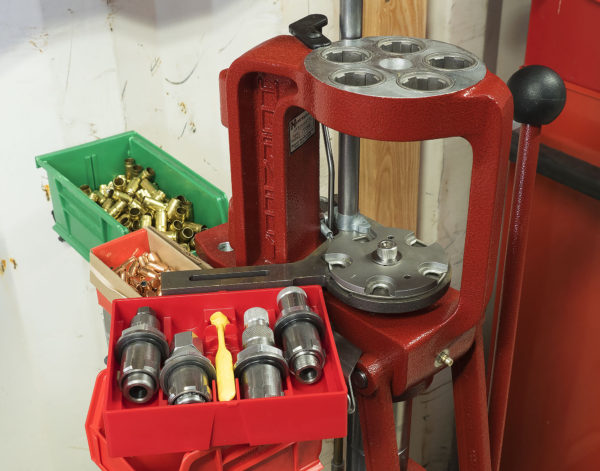
In the picture above, you see the following dies from left to right:
- Sizer/De-primer.
- Powder-through expander (works stand alone without charging, or can use for case-activated charging and expanding using a LEE powder measure like the LEE Auto Drum).
- Seater
- Factory Crimp Die
Don’t forget to use your case gage when setting up the sizer die! Here I’m using an L.E. Wilson .357 SIG case gage.
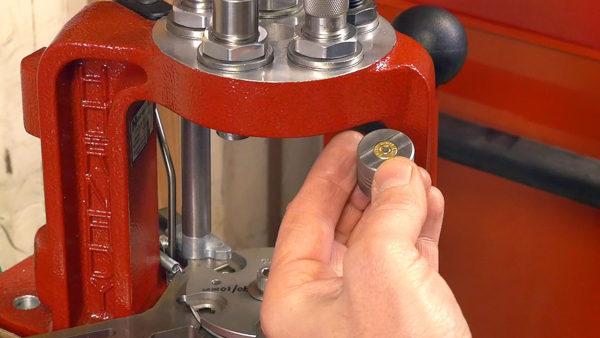
The loading sessions (for 124 grain loads, and for 147 grain loads) went very smooth, and I was surprised at how well Hornady One-Shot lube worked (I don’t use for bottleneck rifle sizing). Here’s the load data for the ammunition loaded for this article:
- .357 SIG range pick-up brass (Speer headstamp)
- Hornady 147 grain 9mm bullets (Hornady #35580)
- Federal Small Pistol Primers (No. 100)
- Hodgdon CFE Pistol powder – 6.2 grains
- 1.140″ COL
Use load data at your own risk. Ultimate Reloader is not responsible for errors in load data on this website. Always cross-reference load data with manufacturer’s published data.
Conclusion
I have found the .357 SIG to be relatively straightforward to reload for. I did however do quite a bit of research for this project including talking with shooting industry experts in order to optimize my .357 SIG reloads and corresponding workflow. I think .357 SIG is a lot of fun, and love the fact that I can use my Glock 20 to shoot and develop loads for .357 SIG. I think .400 Corbon may be next!
Special thanks to Daniel Reichert, President of L.E. Wilson for his collaboration on this article, and technical insights related to the .357 SIG cartridge.
Do you have experiences to share related to reloading for .357 SIG? Please leave a comment!
Thanks,
Gavin
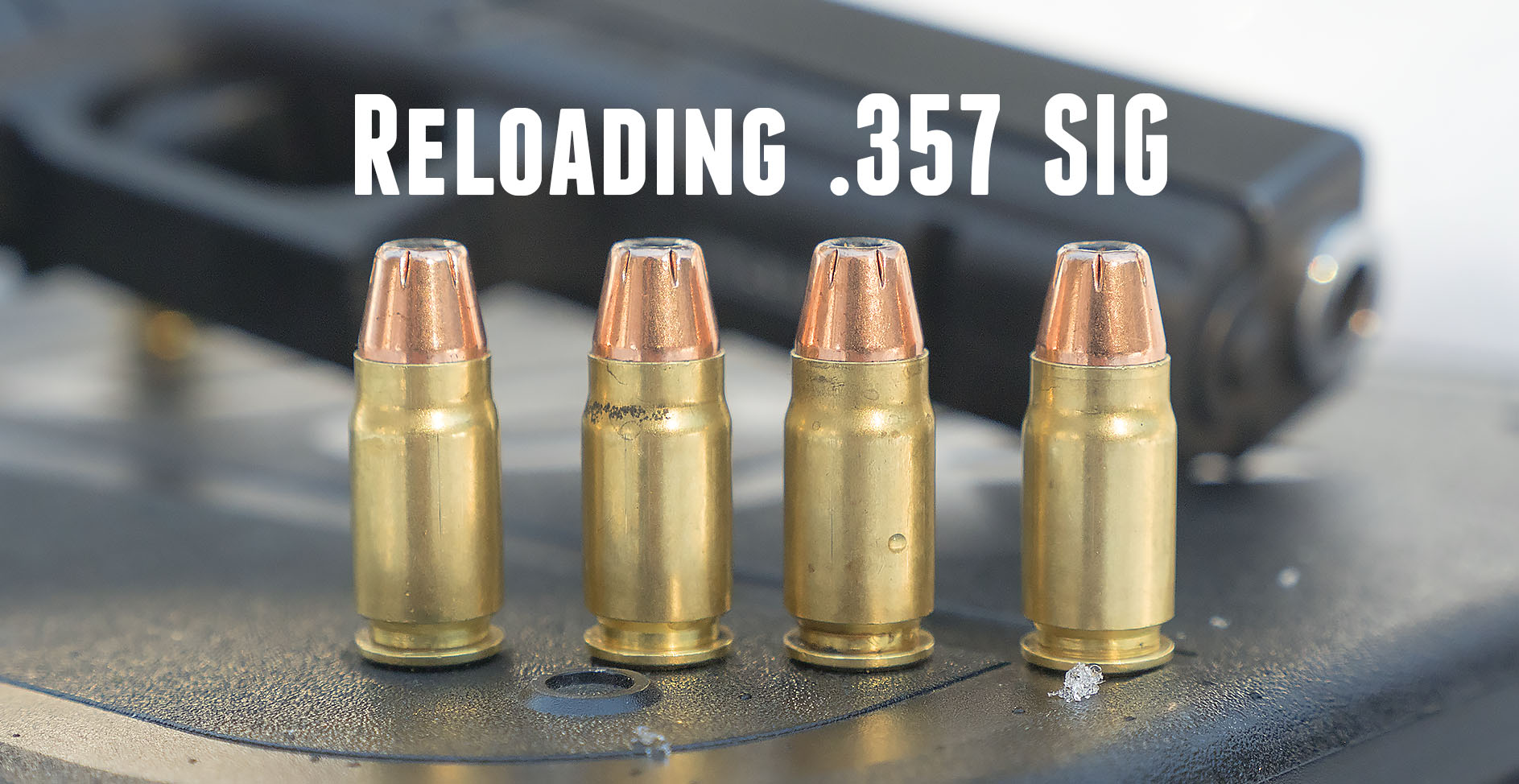
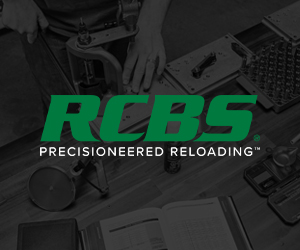

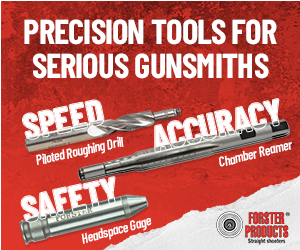
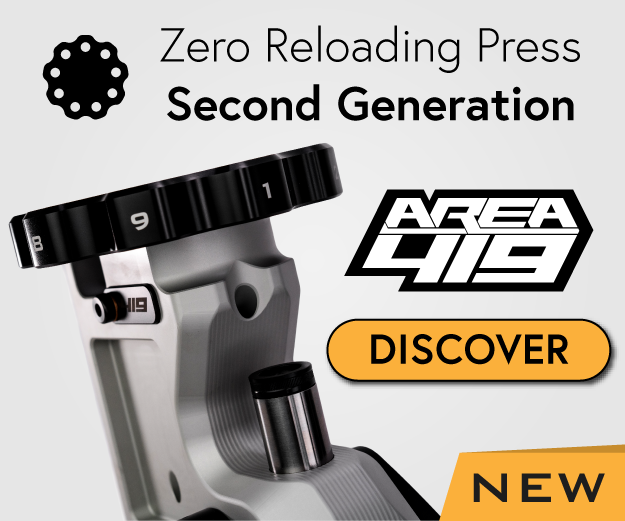
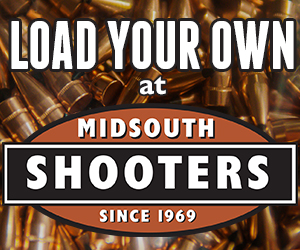



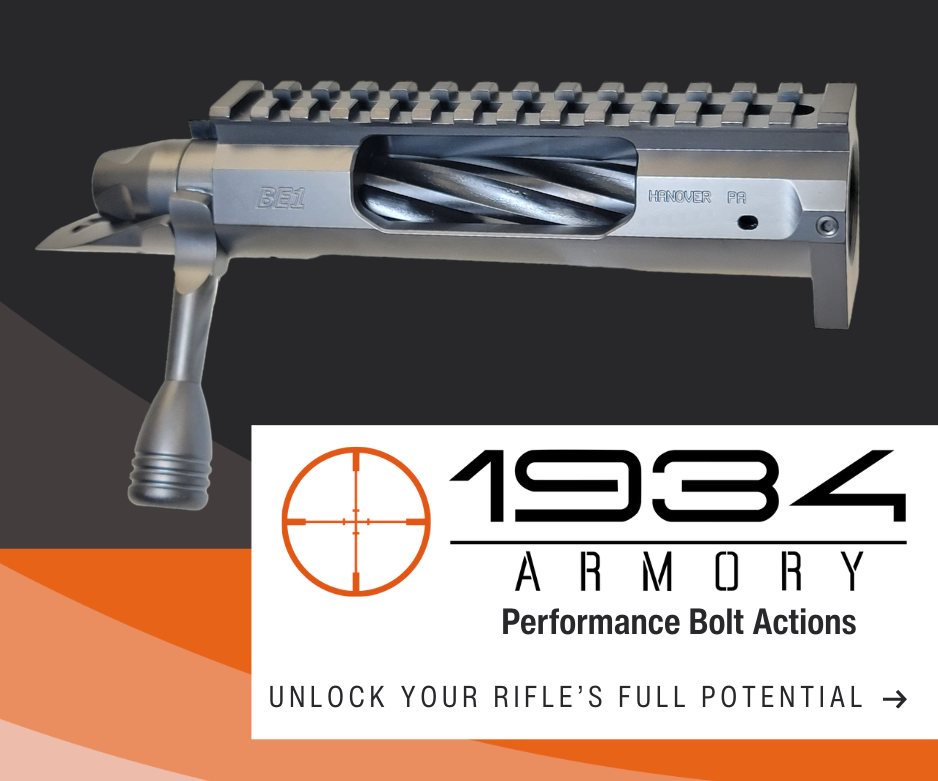






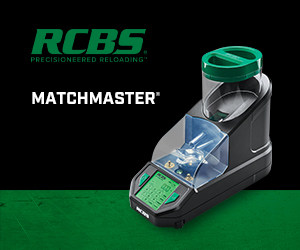





















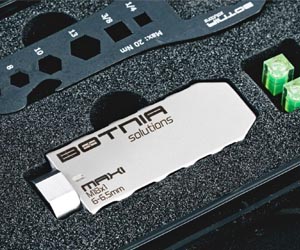
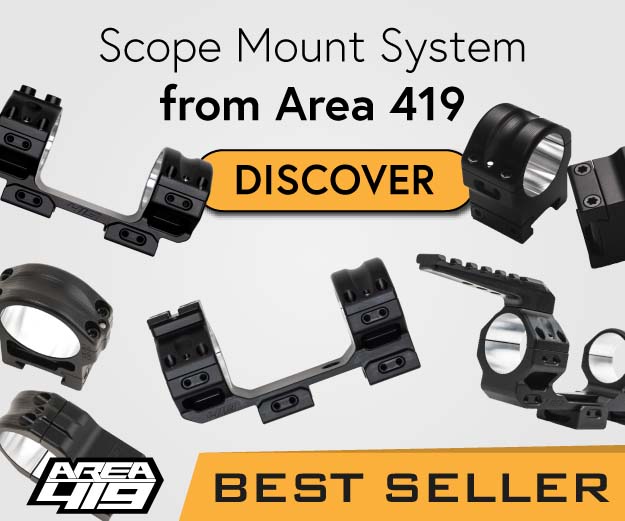





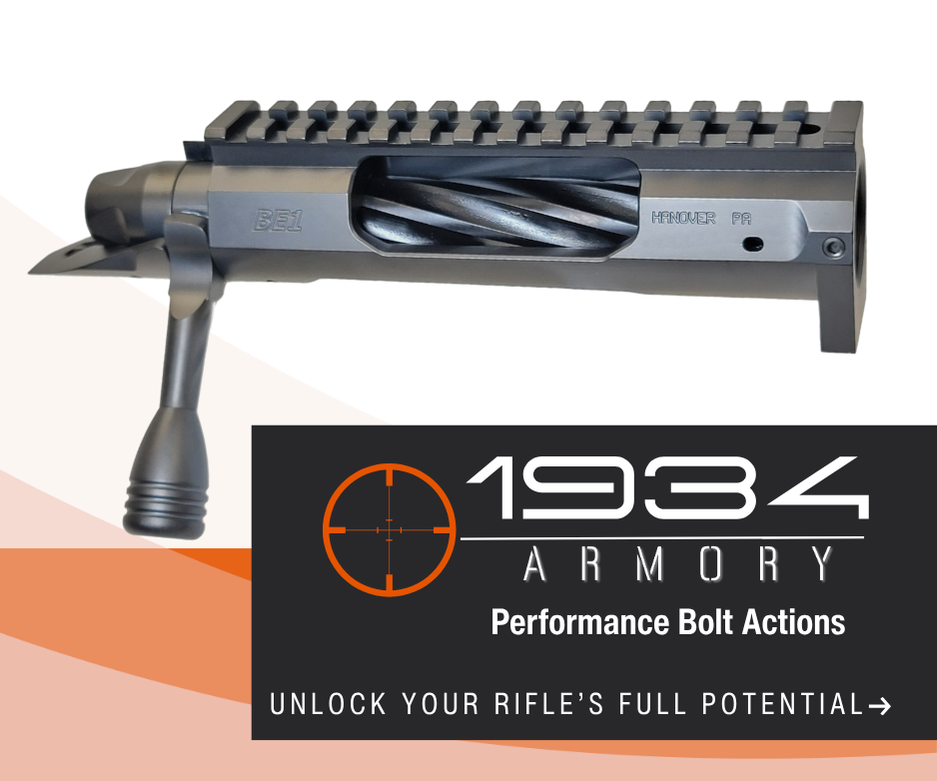

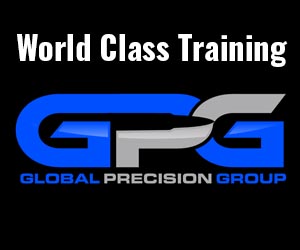
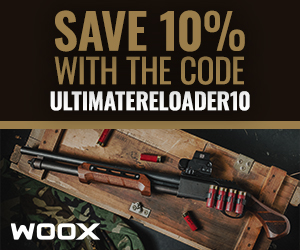



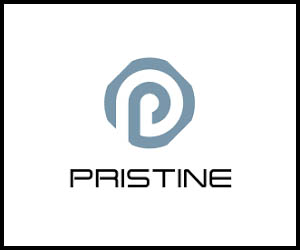





















If you use bullets made specifically for .357 Sig, the crimp issue becomes less of a problem. The .357 Sig specific projectiles have a longer ogive (bearing surface) and a tighter radius (tangent ogive). it gives more neck tension and a tighter bullet fit. i usually adjust my crimping die until I can see a very slight impression of a ring at the case mouth (without distorting the case). The new problem is finding an acceptable variety of bullets that are .357 Sig-specific. For practice I like the Montana Gold flat nose. 124grn.
Thanks for sharing John- the Hornady XTP 9mm bullets in 124 and 147 grains worked great, and as mentioned in the article, the LEE Factory Crimp Die works *great* for .357 SIG. Here’s a link to the bullets you mentioned- that’s a great price too! (as is usual with Montana Gold) – http://montanagoldbullet.com/index.php/9mm-147gr-cmj.html
*Edit- those are 147 grain- didn’t see flat point 124 grain 9mm bullets on Montana Gold’s website- do you have a link?
Here’s 125 grain 357 SIG flat points (not listed as 9mm, my search mistake) – are these what you were referring to?
http://montanagoldbullet.com/index.php/357sig-125gr-fmj.html
Hi Gavin:
I have been reloading 357Sig for more than ten years and love the caliber!
I have a Sig 229….and I need a 357Sig barrel for the gun. Where would you recommend I secure this item? Thanks: MiKe
Looks like Midway carries the SIG manufactured barrels for this purpose, see: https://www.midwayusa.com/product/832282/sig-sauer-conversion-barrel-sig-sauer-p229-40-s-and-w-to-357-sig-1-in-16-twist-39-steel-blue
This is great! I’m just now getting my Pro Chucker 5 cleaned-up from factory and dialed-in, and I had already decided to go with .357 Sig — my first attempt at the caliber and my first with my new press (and I just happen to have a big stash of 9mm booollets). I have a XDM40 with Storm Lake .357 Sig barrel and I hope to make my first rounds this weekend. I’ll be using Longshot and some 115gr 9mm (XTP and RN) bullets and the Hornady 3-die set. If this goes well, I’ll spend some money for the .357 Sig bullets and “do it right”. I’ve noticed you use the Hornady LNL-AP more than any others I’ve seen on your channel / blog. Am I seeing things or do you just like that press more than Pro Chucker or XL650 ? If this Chucker 5 works out well for me, I’m planning to upgrade to the Chucker 7; if not, then I’m going with Red or Blue.
Michael- out here at the Ultimate Reloader outpost (remote location where I can reload, shoot, and film) I only have the LNL AP press and a Redding Big Boss II. So I’ve been showing the LNL AP more recently. I also really like the LNL AP for quick caliber changeovers and load development. Interested to hear how your Pro Chucker does- I like that press too- lots of great features.
Hi Gavin,
Just bought the RL550 B this past weekend. I’m new to reloading and wanted to ask if you can recommend one powder over the rest for reloading 10mm and .357 SIG? There are hundreds of choices out there to overwhelm a new loader. Is there a link you can provide that categorizes and breaks down all these options?
I bought a Sig 229 in .357 when it was first released. There was no ammunition available at the time. I did form usable cartridges from .40 SW brass . The 357 Sig IS designed to headspace on the case mouth. The presence of a shoulder gives the reloader an alternative and since the case neck as formed from 40SW is too short this became necessary. I was able to shoot the gun and experiment until commercial ammo became available. I did try reforming 10mm brass and failed. It had nothing to do with the primer size. The thickness of the 10mm case made it impossible to seat a bullet properly. When trimmed to length the brass is still tapering down internally so the necks were just too thick. Otherwise it would have been a success, primer size notwithstanding. I have a 357Sig conversion barrel for my Glock 22 and both guns shoot the reloads equally well. The Wilson case guage is good to have.
I’m so glad I found this article through your you-tube video Glock 20/357 sig. I think you have solved a problem I’ve encountered using my 357 sig reloads in a G32. I originally purchased a new Sig P229 in 1997. I have reloaded for this pistol since that time with no problems, using a Dillon 550B and Dillon dies. My Glock 32 will not completely chamber my reloads. The slide will not completely close. These same cartridges chambered and fired reliably in my Sigs. Glocks seem to have looser chamber tolerances so I thought there would be no problems if my Sigs( now 2x P229 and a P226 in 357 sig) were totally reliable with my reloads. I purchased a wilson 357 sig case gauge and found that the shoulders of most my cartridges were not set back enough. I’d never used a case gauge for a pistol cartridge before. I think this is the answer. Thanks for the info.
Just got a 357 sig drop in barrel from Ranger Point Precision for my Steyr S40-A1. As a former 9mm reloader this cartridge makes so much sense. So far I’ve tried starting loads with CFE Pistol (5.5 gr) Power Pistol (6.0 gr) and Winchester 572 (6.2 gr) all ran perfect. I’m using the Lee dies and find it sizes the case perfectly. With Hornady 147 gr XTP bullets I’m not even crimping. They go in tight.
Started loading 357sig a year ago,been loading 400 corban for 20 years.I set headspace at .003 to .006 using my barrel as a gage.When crimping I go an extra step and put a cannelure on the bullets,and use Lee factory crimp die.NO bullet setback here.In 1911’s you will have setback with out the cannelure,in other guns maybe not as bad.Why take the chance?Think not chamber 20 rounds extract without shooting and check OAL.
Hi Gavin
Just purchased a glock32 and would love to start reloading in general. I also have a glock 20 which i would reload for as well. Could you possibly do another quick vid on setting up the dies for the 357 sig? I’ve watched a bunch but yours always seem more in depth and easy to understand. Thanks a ton keep up the awesome work
Gavin
You are one of the only people I have read about that says the 357 SIG headspaces on the shoulder. I have a tendency to agree with you. I had a problem with my RCBS dies not bumping the shoulder back so the case would fit correctly in my case gauge. I bought a set of Lee dies and they sized correctly. My Dillon dies do the same.
It looks like 357 conversion barrels are no longer available for the Glock 20. My buddy saw mine at the range and wanted to buy one. They are no longer listed.
Rich, try tr-enabling.com for a conversion barrel for your Glock 20.
Are the 357sig dies that you used carbide or steel?